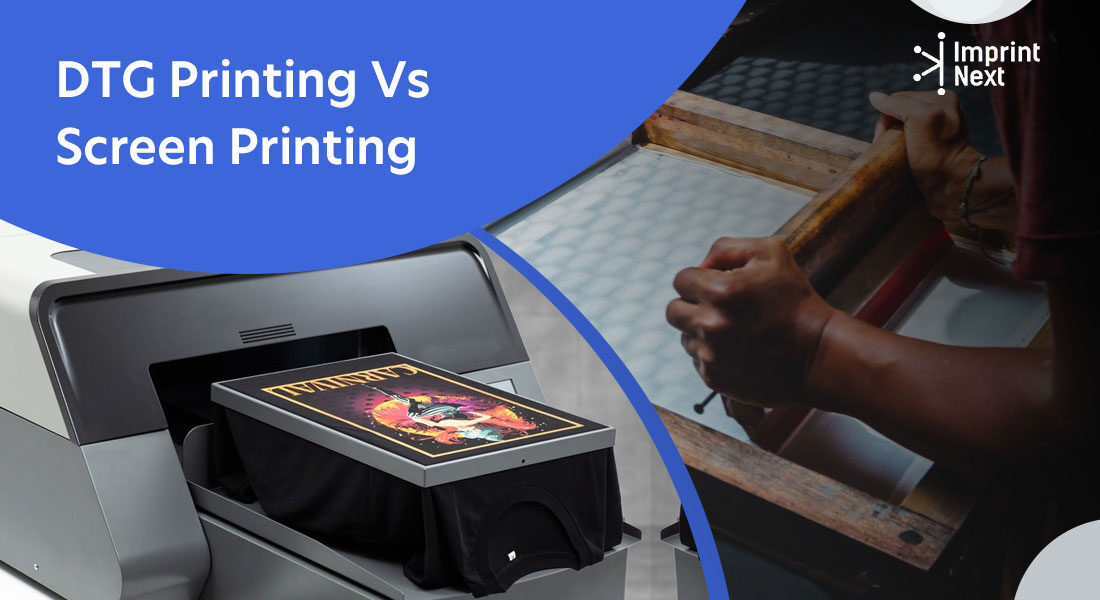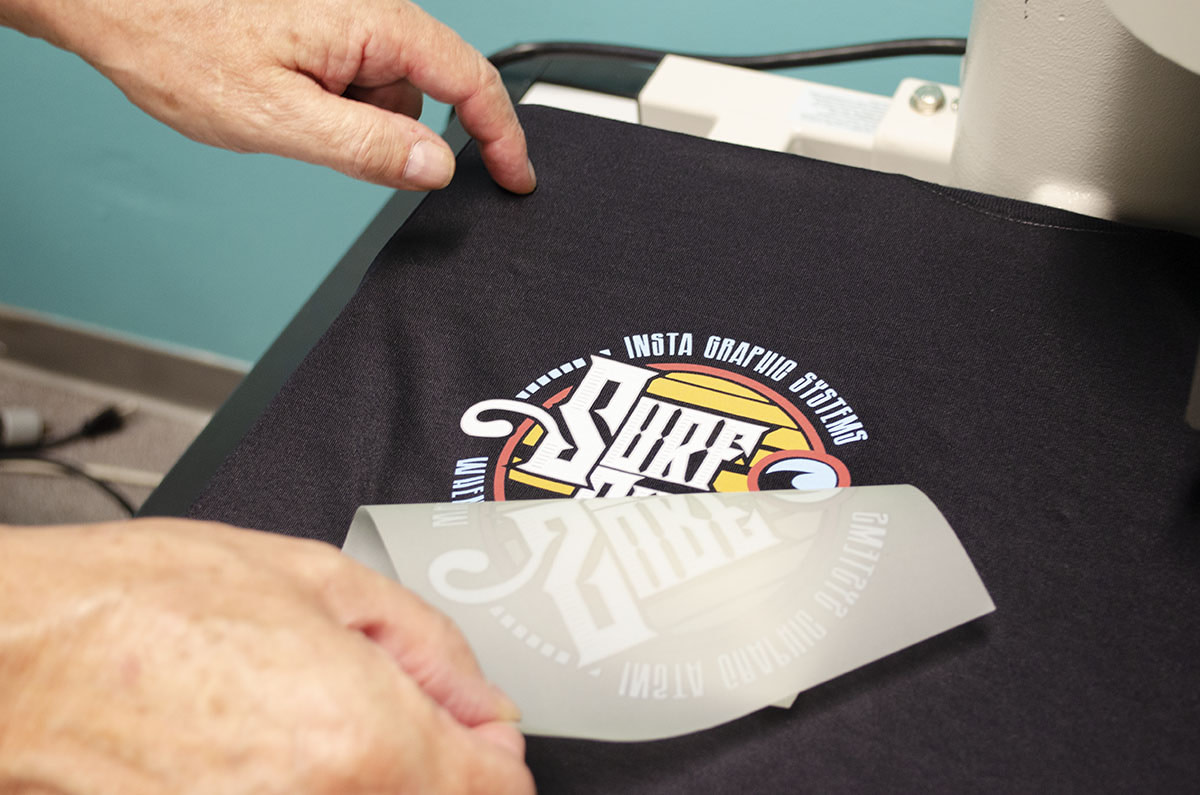How Tx Tees can Save You Time, Stress, and Money.
How Tx Tees can Save You Time, Stress, and Money.
Blog Article
All about Tx Tees
Table of ContentsTx Tees Can Be Fun For EveryoneNot known Facts About Tx TeesAll about Tx TeesA Biased View of Tx TeesWhat Does Tx Tees Mean?Little Known Facts About Tx Tees.Tx Tees for Dummies
That brings your total amount to around $1,900 before tax and delivery. Accumulate various other expenses, like the number of utilities it requires to run the shop and the price of ink and solution per style. t-shirt printing. Take the print below as an example. This is a one-color photo, so the cost of ink per shirt is about 20 cents.The emulsion must just be a couple of cents because you 'd just require to layer one screen for this job. Typically, printers try to make up to 45% revenue on a print task.

With DTF, you can publish a handful of shirts, or simply one. Use the exact same calculator as the section over to compute just how much revenue you 'd use DTF transfers. Contrast the prices and profits to whichever technique speaks ideal to your configuration and process. Both display printing and DTF have their specific niches in the world.
The Buzz on Tx Tees
The very best way to understand? Ask about and see what print shops like your own are doing. screen printer. Attempt both out and see which you like better
When you're picking what type of printing technique to utilize for publishing your art work designs on your garments, it is essential that you recognize the distinctions in between these 2 techniques so you can make best use of results while decreasing expenses. Screen printing is one of the most typically made use of technique for printing designs on fabrics.
DTG printing is also understood as area or direct to garment printing due to the fact that it prints only what is needed rather than making a screen as screen printers do. https://experiment.com/users/txtees02. Screen printing functions by display filler squeegee display printing ink screen mesh display, then moving the image to garment using warm and/or pressure
The DTG printer utilizes unique dye-sublimation inks that are used into a pre-designed photo by a digital printing system. The inks enter into the textile, allowing for vivid colors and exceptional detail. It's also called spot or direct to garment printing since it prints only what is required instead of making a screen as display printers do.
A Biased View of Tx Tees
First, it's much faster - you can publish a fullcolor image in mins, as opposed to hours for display printing. Second, there's no established up time or expenses involved - you can print any type of layout you such as, without having to develop a display. Third, there's no waste - because screen printers screen print one design each time, they need to evaluate each color individually.
The paper is really expensive and can just be made use of once. Once it's printed on, it needs to be disposed of. - The preliminary acquisition rate is less than the in advance financial investment of DTG printers- You can publish multi-color designs one screen each time rather than having to print each shade separately like DTG printing.

See This Report about Tx Tees
Nonetheless, rather than utilizing screen mesh as display printers do, color sublimation printers make use of laser innovation to transfer your pictures onto garments or paper. A warmth process transfers the dye from its solid-state straight right into the gas stage which consequently integrates it onto material substratums when they are swiftly heated up to heats under high pressure.
Sublimation printing is green. It makes use of much less water than screenprinting, and since it does not involve making use of unsafe solvents, it's risk-free for all sorts of apparel. The dye sublimation inks are likewise unsmelling when cured, unlike display printers that utilize damaging chemicals during the display printing process that leave an unpleasant smell.
They additionally save money on costly tools like exposure systems given that dye sublimation printers do not need a UV exposure device or a flash cure oven that is normally used in display printing (custom t-shirt design). What is straight to garment printing (DTG Printing)? DTG printing is an electronic screenprinting procedure that publishes straight onto textile making use of specialized inkjet printers
Some Known Questions About Tx Tees.
DTG printing offers lots of benefits over typical screenprinting, consisting of the ability to publish photo high quality photos, higher color vibrancy, and the ability to publish layouts on darker materials. DTG printers work by heating the fabric ink up until it develops into a gas. The gas after that permeates the textile, bonding with the fibers to develop an irreversible print.

Screen printers just prepare their display then start publishing up until they run out of item or ink.- There is a large range of knowledgeable display printers throughout the globe, which can be useful for beginners. - It's a slower process - screen printers commonly need to wait on the ink to completely dry before they can publish the next shade- Display printers require manual work, so there's a higher understanding contour and it takes longer to produce a high-quality style- Display printing isn't as precise as DTG printing, so you might obtain some "blood loss" of shades from one part of the image onto an additional if not done effectively.
Not known Facts About Tx Tees
Nonetheless, rather of making use of screen mesh as display printers do, dye sublimation printers make use of laser innovation to transfer your images onto garments or paper. A heat procedure transfers the dye from its solid-state directly right into the gas stage which subsequently fuses it onto textile substrates when they are quickly heated to heats under high stress.
Sublimation printing is green. It utilizes much less water than screenprinting, and because it does not include making use of damaging solvents, it's secure for all types of clothing. The color sublimation inks are also unsmelling when cured, unlike display printers that make use of hazardous chemicals during the screen printing process that leave behind an undesirable smell.
They also save money on expensive tools like exposure units because color sublimation printers do not require a UV exposure unit or a flash remedy oven that is typically used in screen printing. What is direct to garment printing (DTG Printing)? DTG printing is an electronic screenprinting process that prints directly onto material utilizing specialized inkjet printers.
How Tx Tees can Save You Time, Stress, and Money.
DTG printing uses lots of advantages over standard screenprinting, including the capability to publish photo quality images, greater shade vibrancy, and the capability to print designs on darker fabrics. DTG printers function by heating up the textile ink until it transforms right into a gas. The gas then permeates the fabric, bonding with the fibers to create a permanent print.
Report this page